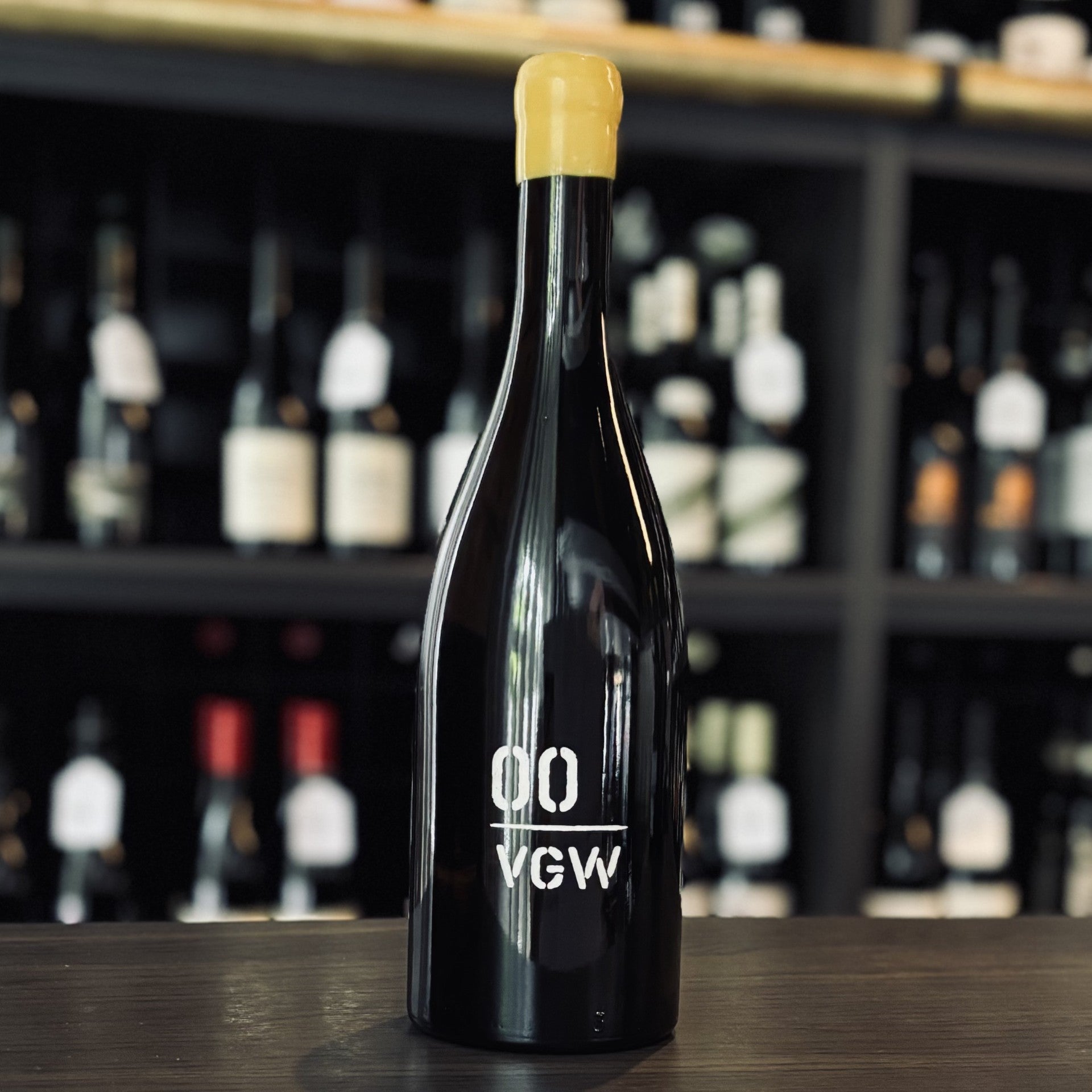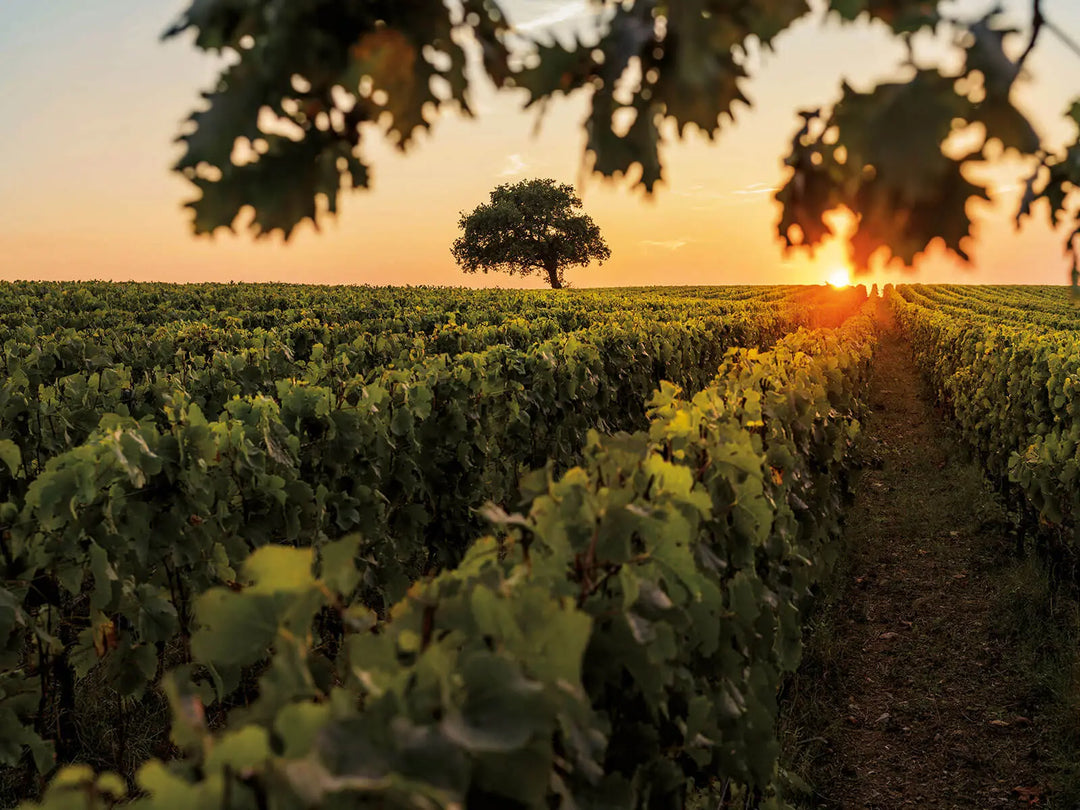The Artisan of the Vines: Yoshiaki Sato, La Ferme de Sato
Nestled in the heart of Central Otago, New Zealand, Sato is renowned for its exceptional organic wines. At the forefront is Yoshiaki and Kyoko Sato, a winemaker couple whose journey from Japan to New Zealand embodies a blend of dedication and passion.
Sato's unique approach marries traditional techniques with innovative practices, creating wines that are a true reflection of their terroir. In this interview, we explore Yoshiaki’s inspirations, the challenges he faces in this unique wine region, and his vision for the future of La Ferme de Sato. Join us as we uncover the story behind his remarkable wines.

When did you start, and how is it going?
Sato Wines Ltd. was established by me and my wife, Kyoko, as a small project in 2009. Starting with 190 cases of Pinot Noir, we are now getting bigger and have our own vineyard and winery.
Our annual production is around 1,900 cases (dozen) with around 700 cases from our home vineyard and 1200 cases from our negociant vineyards. We are aiming to have around 2500 cases as the standard annual production in the future with 60% from our home vineyard.
How did you and Kyoko get started?
Kyoko and I met in 1998 at a Japanese bank, where we were working. After 12 years working in banks in Tokyo and London, we moved to New Zealand in 2006 to make our own wines. We both studied the Graduate Diploma in Viticulture and Oenology at Lincoln University in Christchurch.
Immediately after graduation, both of us started our winemaking career at Felton Road with Blair Walter. In 2009, Kyoko stayed at Felton Road and I moved to Mount Edward as the winemaker for Duncan Forsyth. This is the year we started the Sato Wines project too.
In 2012, I resigned from Mount Edward to concentrate on our own winemaking. We moved our production to Rockburn Winery in Cromwell for the 2013 vintage and started expanding the product lines and the production volume.
We opened our own vineyard in 2016. Until 2018, Kyoko was still working at Felton Road as a vineyard supervisor as well as running Sato Wines together. We finally celebrated the first harvest from our vineyard in 2019, together with the completion of the winery building.
Who have you been influenced and inspired by?
We have worked in the traditional wine-growing countries as well New Zealand in the last several years. I worked with Bernhard Huber in Baden, Germany, Tom Lubb and Sam Harrop MW (Domaine Matassa) in Roussillon, Jean-Yves Bizot (Vosne-Romanée) in Burgundy, Jean-Pierre Frick in Alsace and more. Kyoko has worked with some natural wine producers in France, such as Phillip Pacalet, Julien Guillot, Christian Binner and more.
Working with these growers, we have been influenced largely by the idea of making wine in a “natural way”. We believe grape vines need to be grown in organic ways (preferably biodynamic) and grapes have to be transformed to wine with minimum intervention by human hand, chemicals or additives. In this way, we consider, natural microbiological balance is maintained in the vineyard and the wine in process in the winery so that the real character of the terroir where the grape vines grow is truly expressed in wine in a pure manner.
This is the philosophical core of Sato Wines and we are excited that we apply this traditional natural winemaking method onto the healthy and lively grapes grown under the beautiful cool climate of Central Otago, New Zealand.
Why do you believe in a “natural” winemaking philosophy?
Our goal is to make wines that can heal people; soft, delicate, supple, smooth mouth-filling wines rather than powerful, heavily structured, aggressively appealing wines. So we decided to take the way of making natural wines – clean and tasty natural wines, but not dirty, confusing wines.
We use only organic or biodynamic grapes and like to process them in a gentle and organic way at the winery: minimum handling of grapes, must or wine (which means using our hands and gravity rather than machines for processing as much as we can and no filtration to clarify wines) and, importantly, avoid putting additives (acid, sugar, enzymes, fining agents and so on) or chemicals into wine during vinification and maturation. We refuse to use sulphur dioxide (SO2).
We are keen on maintaining the life of micro-organism in wines brought from our vineyards. Chemicals such as SO2 act like herbicides in vineyards, killing wild yeast or bacteria and destroying the beautiful natural harmony among these microorganisms. We always try to employ as many species of bacteria and yeast as possible in order to preserve natural purity and to create harmonious complexity in our wines. SO2 also prevents juice from oxygen contact, but we believe oxygen is important to maintain fermentation and keep stability in wines then after. We normally keep our wines in barrels or tanks for much longer periods than the other growers in Central Otago.
The most important thing to make good wines is to grow healthy grapes with great quality. This is the reason why we should not put heavy chemicals in the vineyard. But we believe this is not enough; if you put additives in your winemaking, there is a big possibility that you alter the information from the terroir and the vintage. So we do not use additives in our winemaking either.

What can you tell us about your vineyards?
Sato Wines opened our 5ha home vineyard in the Pisa sub-region in November 2016. The vineyard is on the beautiful East to North-East facing slope at a high altitude of 298m to 349m. The estate has no history of chemical use and, before we opened the vineyard, the estate was sheep pasture. There is a very complex soil pattern and topological aspects created by the old gully at the centre.
We had planted Pinot Noir (1.3ha), Chardonnay (0.95ha), Chenin Blanc (0.45ha), Gamay (0.25ha) and Cabernet Franc (0.25ha) on 3.2 ha total planted. We applied a close planting scheme and farm under a biodynamic regime. The NZ Biogro, the most strict organic certification in New Zealand, gave us the organic certification in 2019 (retrospectively given the certification from 2016).
We also source Pinot Noir from two neighbouring organic or biodynamic vineyards for our negociant range. The main vineyard was Northburn Vineyard, which Cloudy Bay took over in 2014. They gave us the opportunity to manage the parcel allocated to us (approx 1.0 Ha) by ourselves from the year 2015. Although Cloudy Bay themselves stopped keeping the organic certification to the whole estate, we are keeping the parcel allocated to us biodynamic. We ended this contract after the 2021 vintage as we increased the yield of our Home project.
Tell us more about La Ferme de Sato…
La Ferme de Sato wines are produced from our home vineyard, instead of our negociants. It is a small, simply designed winery but makes our ideal handcrafted wines more possible. We believe that it has brought the quality management for our wines to the next level, compared with the period when we had made the wines at another big winery.
The whole estate is located on the hill and mainly on the steep slope facing to the East. Due to this aspect, the vineyard can receive the bright morning sunlight in the cool and pure air very effectively. With the high altitude and the location in the basin, our vineyard probably starts to have the earliest morning sunlight in the region. As the opposite effect, the vineyard receives the Otago intense afternoon sunlight in a very mild way and the sun goes down earlier.
Cromwell Basin, where our estate is located on its west side, is surrounded by the mighty mountains such as Mt. Pisa behind us. These mountains consist of the schist rocks, which were created 150 million years ago when this region still had some volcanic activities. We believe that the schist rocks characterise our vineyard.
We planted five varieties on our vineyard and gave each of the wines the name, describing the character of our vineyard or the specific site it is planted.
La Ferme de Sato “Sur Les Nuages” Pinot Noir
We would like Pinot Noir to represent the whole of our estate, so we planted this variety across the three blocks from the top to the bottom of the estate.
One of the important characteristics of our vineyard is high altitude. Being located on the high hill, our vineyard is normally above the inversion layer, which is the thick layer of fog created by the evaporated lake water under the chilling winter temperature and covers the whole Cromwell Basin in winter. Since our vineyard is 300m high, we can see the fog layer below us from the vineyard. Literally, we are feeling like “above the clouds” (sur les nuages).
La Ferme de Sato “Schisteux” Chenin Blanc
Block 2, where Chenin Blanc is planted, has the most schist rocks in our vineyard. This is one of the big reasons we chose this block for Chenin, as we believe schist gives the perfect flavour and taste to the grapes. Indeed, we think of our Chenin Blanc as “made from schist” (schisteux).
Sato L'Atypique Pinot Gris
From the negoicants range (ie. the grapes are purchased from other growers, and then made into wine at the Sato facilities). This Pinot Gris is made with plenty of skin contact, some time in barrel and then some good time on lees to highlight the textural elements and round out the body.
All photography by Wineology, except for the portrait and the vineyard photo, courtesy of Australian Financial Review.






Leave a comment